Crime and data have an old history together, but because there are new methods of collection and analysis these days, there are new decisions to make. The Marshall Project, in collaboration with the Verge, looks at the current state of predictive policing and the social issues that surround it.
As predictive policing has spread, researchers and police officers have begun exploring how it might contribute to a version of policing that downplays patrolling — as well as stopping, questioning, and frisking — and focuses more on root causes of particular crimes. Rutgers University researchers specializing in “risk terrain modeling” have been using analysis similar to HunchLab to work with police on “intervention strategies.” In one Northeast city, they have enlisted city officials to board up vacant properties linked to higher rates of violent crime, and to advertise after-school programming to kids who tend to gather near bodegas in high-risk areas.
Of course, then there’s the whole action-reaction stuff. More time required.


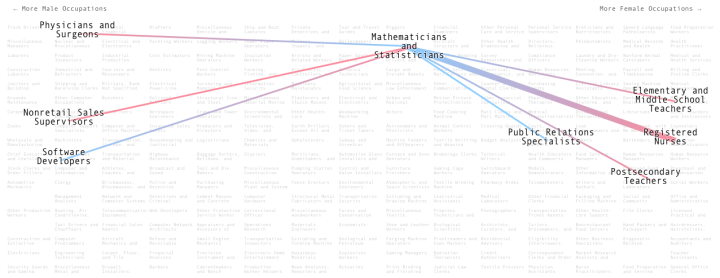
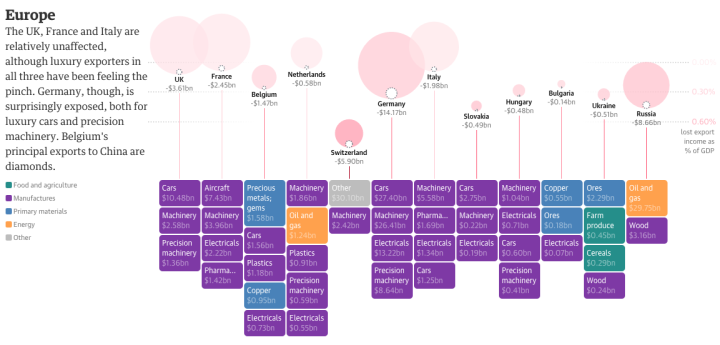
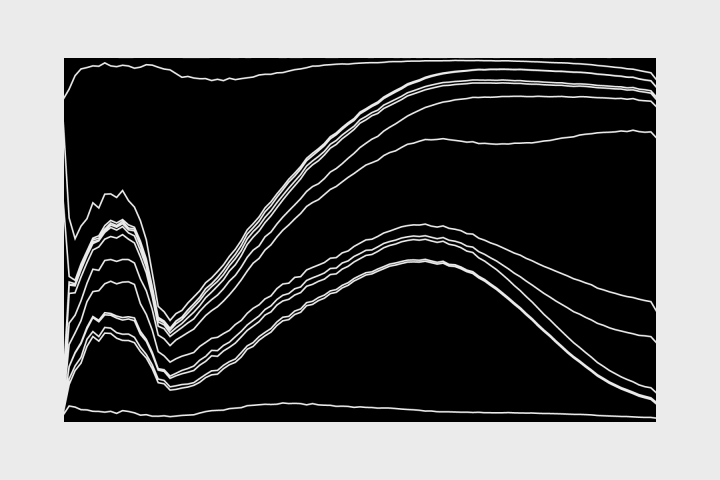
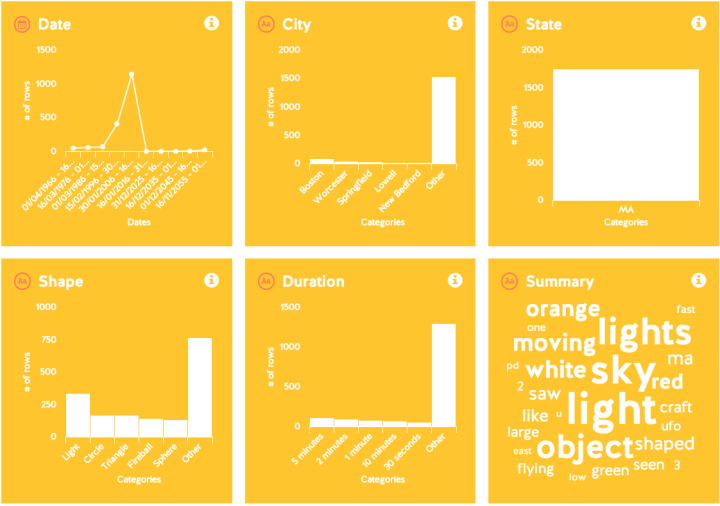
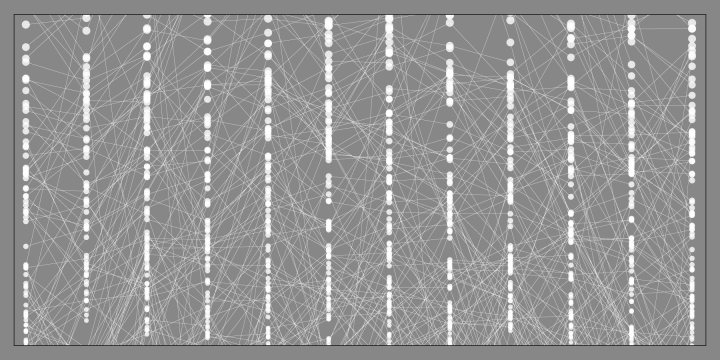
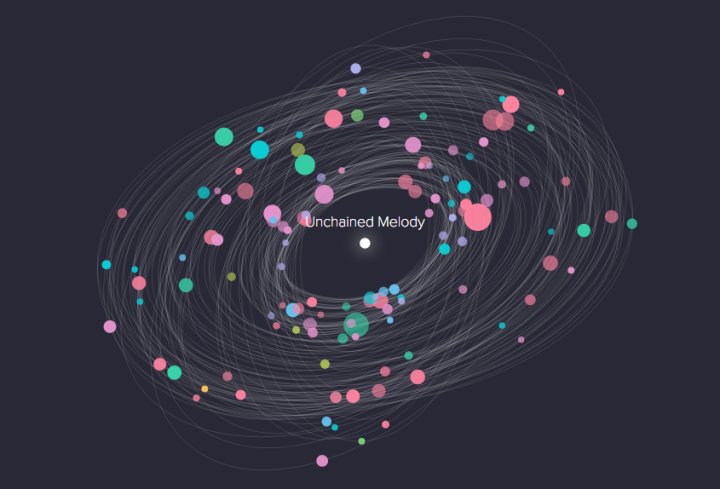
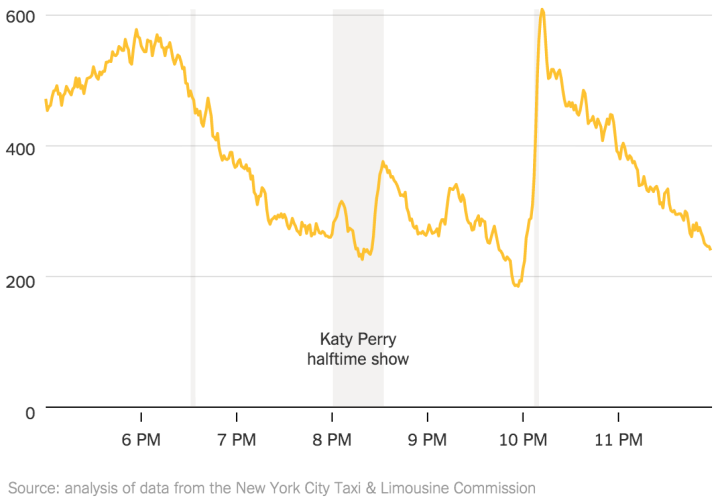
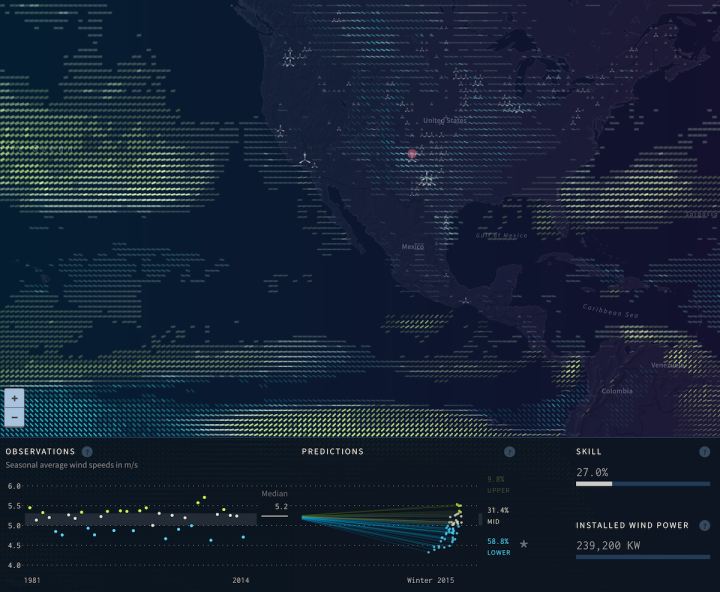

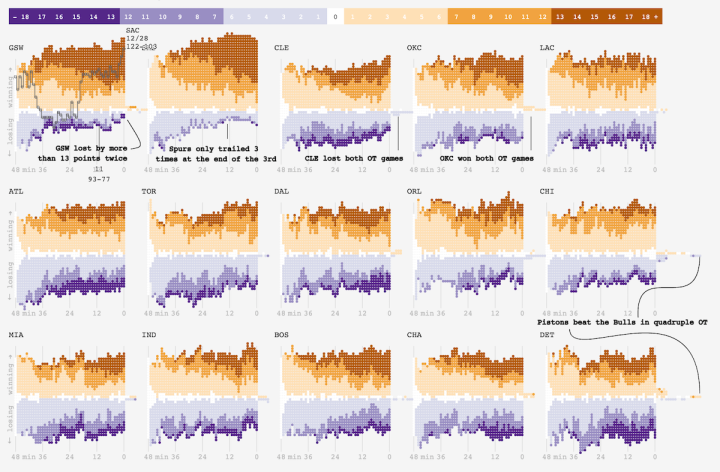
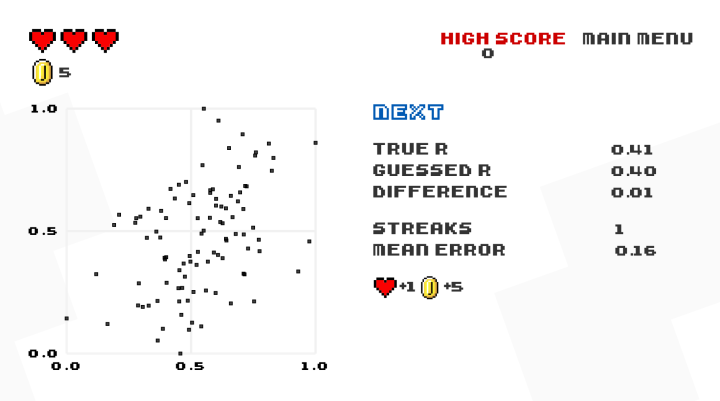


 Visualize This: The FlowingData Guide to Design, Visualization, and Statistics (2nd Edition)
Visualize This: The FlowingData Guide to Design, Visualization, and Statistics (2nd Edition)










